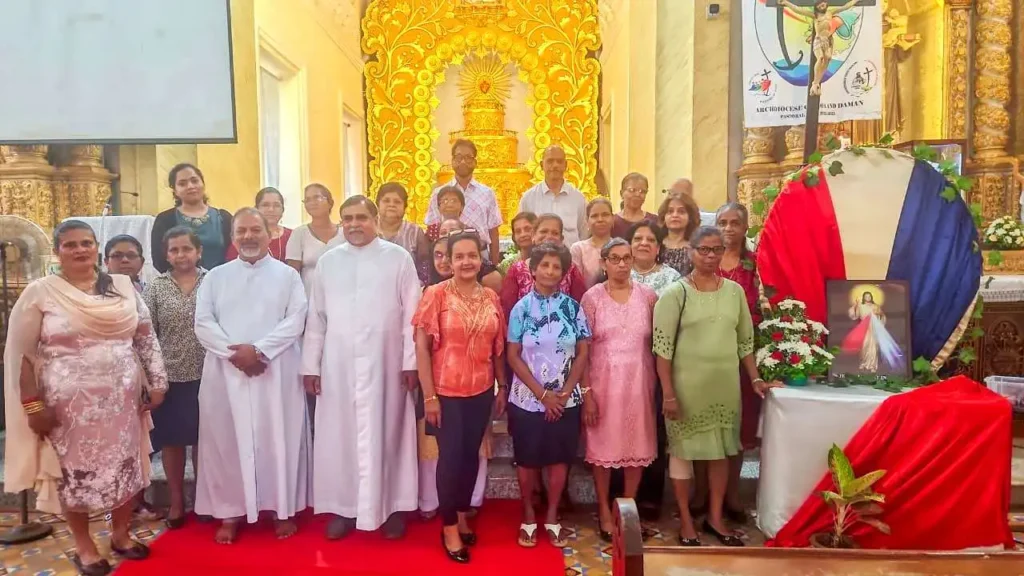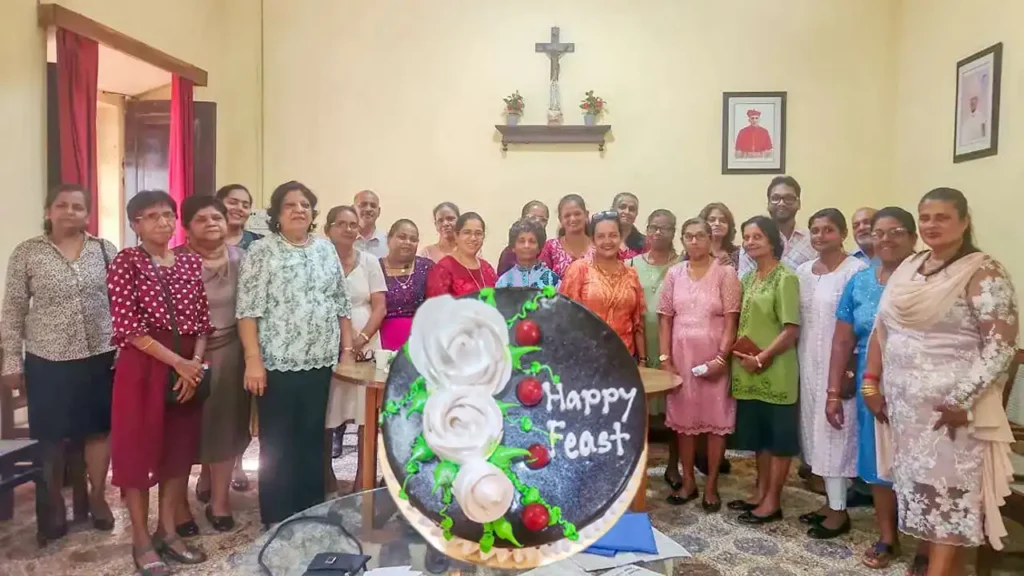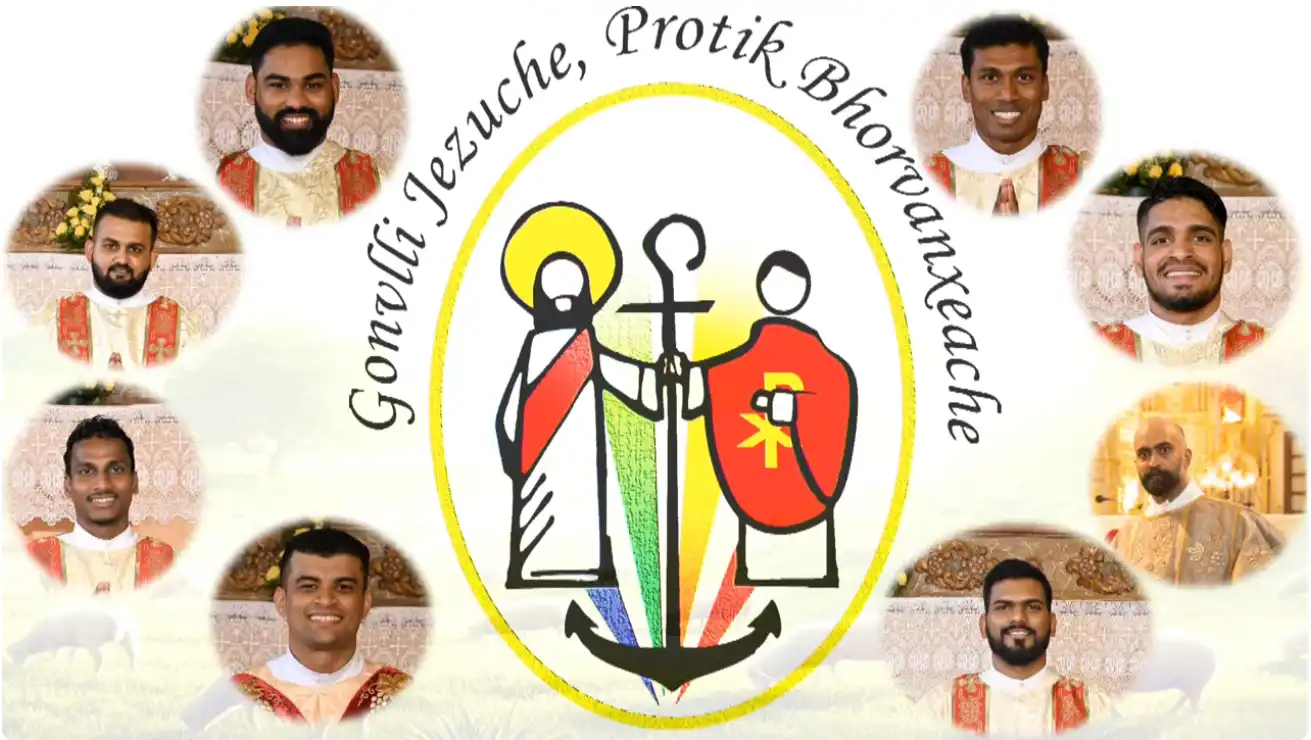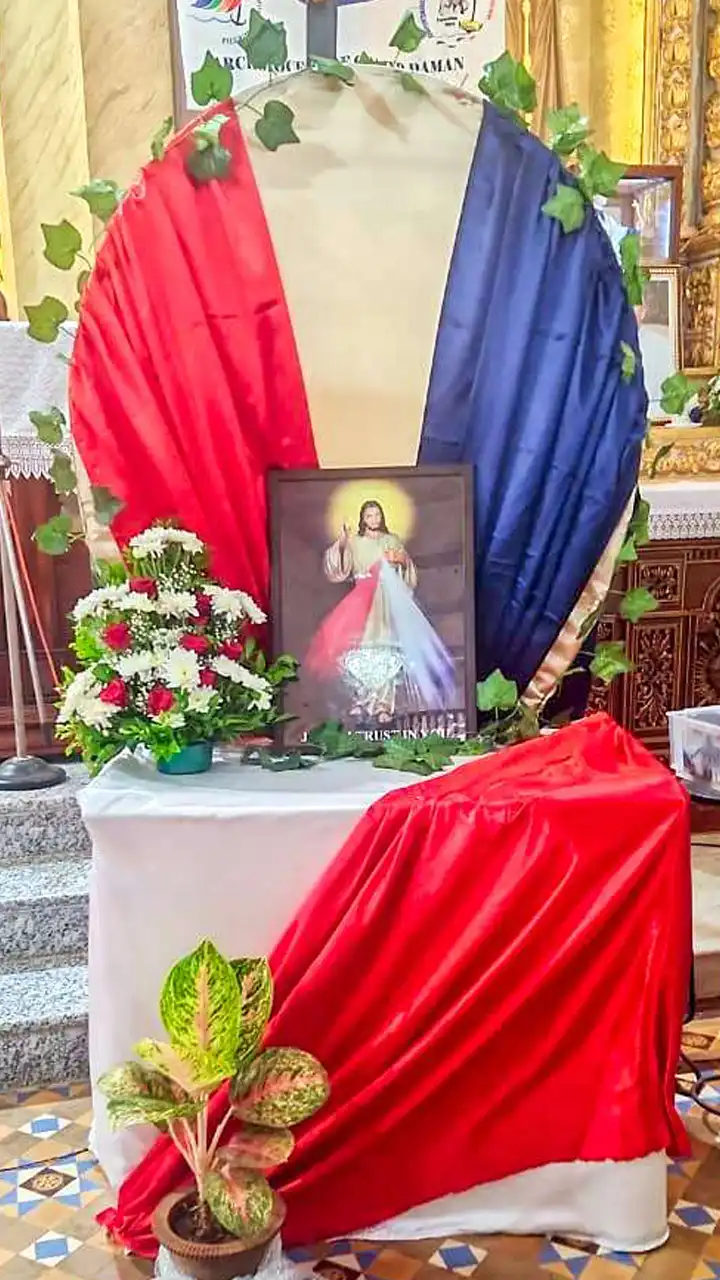

The Feast of Divine Mercy, also known as Divine Mercy Sunday, holds deep spiritual significance in the Catholic Church. It is celebrated on the first Sunday after Easter (also called the Second Sunday of Easter). Here’s why it is important:
1. Jesus’ Promise of Mercy
The feast was established at the request of Jesus Christ through St. Faustina Kowalska, a Polish nun and mystic who recorded visions and messages from Jesus in her diary. He promised:
- Complete forgiveness of sins and remission of all punishment for those who go to Confession and receive Holy Communion on that day.
- “On that day the very depths of My tender mercy are open,” Jesus said. “I pour out a whole ocean of graces upon those souls who approach the fount of My mercy.” (Diary, 699)
2. Focus on God’s Infinite Mercy
It emphasizes the boundless mercy of God—especially for sinners. The message is that no one is beyond God’s forgiveness, and this feast is a reminder to trust in Jesus’ mercy and extend that mercy to others.
3. Institution by Pope John Paul II
Pope St. John Paul II, who had a great devotion to Divine Mercy, canonized St. Faustina in 2000 and officially established Divine Mercy Sunday for the universal Church. He died on the vigil of the feast in 2005, deepening the connection.
4. Spiritual Practices Associated
- Divine Mercy Novena: Prayed starting on Good Friday leading up to the feast.
- Chaplet of Divine Mercy: A special prayer using rosary beads.
- Image of Divine Mercy: Venerated especially on this day with the words “Jesus, I trust in You.”
5. Link to the Resurrection
Coming right after Easter, it shows how Christ’s resurrection is the ultimate sign of God’s mercy, offering new life and forgiveness to all.







Leave a Reply